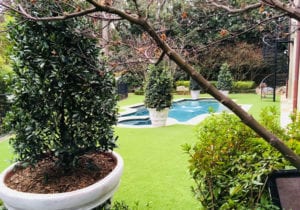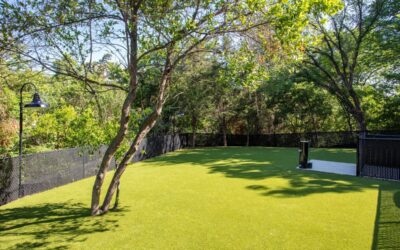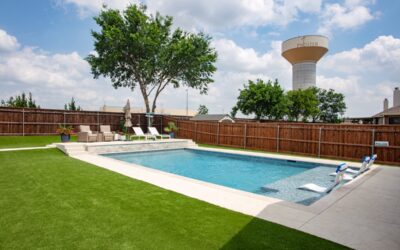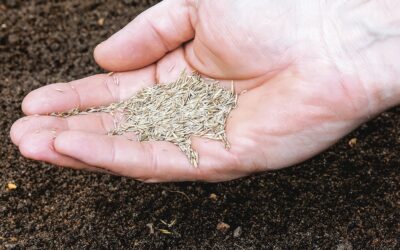Dallas is notorious nationwide for its hot, dry summers. However, residents know that snow is also a possibility during the Dallas winters. Although it’s rare to see a snowstorm, an inch or two during the coldest winter months is a common occurrence. Artificial grass is perfect for Dallas residents because it not only withstands the hottest Dallas summers, but also the coldest, snowy winters. In order to ensure that your turf stays in peak condition for the upcoming spring and summer fun, take these steps to care for your turf during this year’s snowy weather.
Don’t Walk on Frozen Turf
Synthetic turf is extremely durable, but it’s not completely indestructible. Although artificial grass won’t be damaged due to frost alone, the frost can make the blades brittle. If the blades become too frozen and brittle, they can break if they’re walked on. If you have frost on your artificial grass lawn, it’s best to allow all of the frost to melt and drain naturally through the perforated backing before you perform any backyard activities. Rinsing your lawn down with a hose can aid in the melting process if time is of the essence. If you absolutely can’t wait for the frost to melt and need to walk on the turf while it’s frozen, take extra care when walking in order to avoid breaking or damaging the blades.
Don’t Allow Snow to Pile Up
A light dusting of snow, unlike frost, shouldn’t affect your ability to walk on the synthetic grass. Due to the soft nature of the snow, you are able to walk and play on it without fibers breaking. However, you should take care not to let the snow pile up too much. If you do, the compacted snow could become ice and therefore cause the blades to become brittle. Remove packed snow either by hand or with a plastic shovel in order to preserve the integrity of your artificial grass lawn. Your lawn may be matted from the weight of the snow, but a quick cross-brushing should help the blades bounce back to their normal position.
Avoid Using Salt
A popular method of melting ice and snow is using salt on the affected areas. However, when it comes to artificial grass, it’s best to let your turf melt naturally wherever possible. Salt can clog the holes in your turf’s perforated backing to the detriment of your lawn’s efficient drainage capabilities. If you do need to use salt, use it as sparingly and occasionally as possible. The best way to ensure that your turf stays pristine is to allow it to take care of itself and avoid the temptation to speed up the melting process.
With winter in full swing, homeowners should know how to properly care for their artificial grass throughout the cold season. Synthetic grass is an ideal landscaping solution for cities like Dallas because it has the ability to withstand anything from the driest climate to arctic blasts. If you’re looking for low-maintenance landscaping that will enhance your curb appeal year-round with little upkeep, DFW Turf Solutions has the perfect artificial grass products for your needs. To find out more about our services or to schedule a free, no-obligation estimate, give us a call today at (940) 365-9165.






